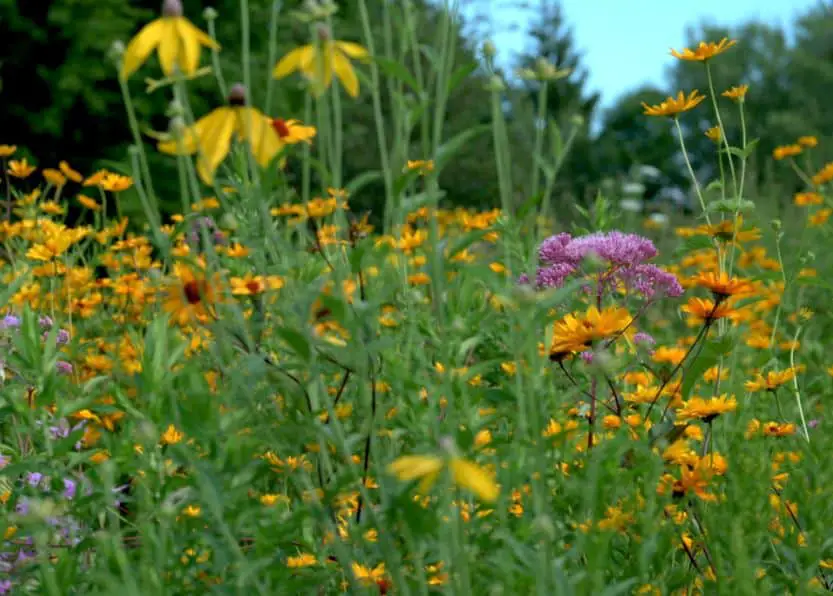Every garden must have pollinators. Birds, bees, butterflies, and other helpful insects greatly influence a healthy backyard environment. Yet, a noticeable and sustained drop in the pollinator population is still being seen in several species. Using nectar-rich pollinator plants in planting beds is one of the finest methods to attract these important garden helpers. Although some gardeners would set aside huge areas of their backyard for this, you could find it much more challenging to effectively meet the demands of regional native species if you have a small amount of space. The best approach could be to create a pollinator strip in the backyard landscaping.

What Are Pollinator Strips?
A tiny planting bed containing flowers is called a pollinator strip, sometimes known as a wildflower strip. These strips often develop in the margins of driveways, next to fences, and close to roadways. In a professional context, they have furthermore shown to be quite successful when employed close to row crops. Each planting should be tailored to the requirements of the local garden pollinators, even if the precise size and form of flower strips may vary. The inclusion of flower strips has been shown to enhance pollination inside vegetable gardens, aiding in the feeding, shelter, and care of these vital garden visitors. Yet, there are a few important factors to consider to plant the greatest pollinator strip possible.
How to Grow a Flower Strip
A good flower strip will need to be planned out carefully. Full-sun flower beds are good because they enable gardeners to grow a considerably larger variety of plant varieties. Also, take into account bloom time. Making ensuring that nectar and pollen are accessible throughout the whole growing season is one of the key goals of creating a pollinator bed. A mixture of early, mid, and late flowering plants will thus be needed. Combining blooming shrubs and perennial, biennial, and annual flowering plants may accomplish this. While the whole bed may be planted with these flower mixtures, many gardeners plant each species in smaller groups for more visual impact.
Native Plants
The ideal plant species to utilize in pollinator strips are local wildflowers. These adaptable, low-maintenance flowers often demand minimal care from gardeners. Wide varieties of wildflowers may often be found nearby and are inexpensively cultivated from seed. Although most wildflowers may be planted in the spring, October is often considered the best season to plant perennials since it gives the roots more time to grow. Once established, perennial native plants return yearly, providing a wonderful feast for neighborhood pollinators.
The diversity of plant kinds inside flower strips has been demonstrated to boost the variety of pollinators. It is wise to consider a few essential qualities while growing a variety of flower species. They include the flower’s structure, color, and general form. Instead of choosing hybrids or potentially sterile plants, consider using open-pollinated types. Pesticides should never be used in garden beds intended for pollinators.

